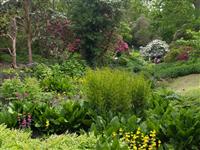 Take Your Permacuture Design Skills to a Higher Level
Take Your Permacuture Design Skills to a Higher Level
This course provides advanced training for:
- people with prior experience in permaculture
- graduates of either a PDC or our Permaculture Systems course
- anyone with sound knowledge of garden or farm design